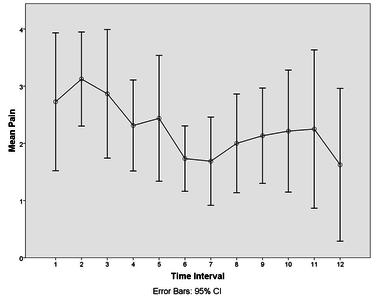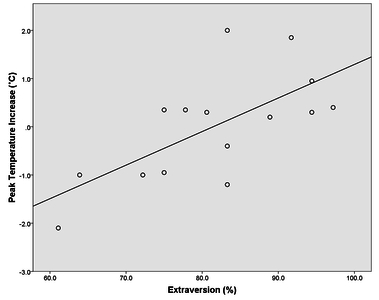Lush, J and Ijichi, C 
Preview |
Text
12189_Ijichi.pdf - Post-print Download (156kB) | Preview |
Preview |
Text
12189a_Ijichi.pdf - Supplemental Material Download (183kB) | Preview |
Preview |
Text
12189b_Ijichi.pdf - Supplemental Material Download (188kB) | Preview |
![12189c_Ijichi.jpg [thumbnail of 12189c_Ijichi.jpg]](https://irep.ntu.ac.uk/34638/4.hassmallThumbnailVersion/12189c_Ijichi.jpg)  Preview |
Image
12189c_Ijichi.jpg - Supplemental Material Download (74kB) | Preview |
![12189d_Ijichi.jpg [thumbnail of 12189d_Ijichi.jpg]](https://irep.ntu.ac.uk/34638/5.hassmallThumbnailVersion/12189d_Ijichi.jpg)  Preview |
Image
12189d_Ijichi.jpg - Supplemental Material Download (67kB) | Preview |
![12189e_Ijichi.jpg [thumbnail of 12189e_Ijichi.jpg]](https://irep.ntu.ac.uk/34638/6.hassmallThumbnailVersion/12189e_Ijichi.jpg)  Preview |
Image
12189e_Ijichi.jpg - Supplemental Material Download (64kB) | Preview |
Preview |
Image
12189f_Ijichi.pdf - Supplemental Material Download (16kB) | Preview |
Abstract
Adherence to basic animal welfare standards involves effective monitoring and control of pain, especially in a veterinary setting. Assessment relies on behavioural and physiological indicators. However, individual differences in physiology mediate consistent individual differences in behaviour, referred to as personality (Koolhaas et al., 1999). Therefore, personality may confound measurements of pain (Ijichi et al., 2014). The current work is a preliminary investigation into whether Extraversion and Neuroticism are associated with differences in individual behavioural and physiological responses to pain. Twenty dogs were observed during recovery from routine castration in a clinical setting. Core temperature was recorded using Infrared Thermography (IRT) (Stewart et al., 2008) upon admission, 15 minutes post-extubation and every 30 minutes thereafter, until the subject was collected by their owner. Behaviour during recovery was scored using Short Form Glasgow Composite Measure Pain Scale (Reid et al., 2007) at the same intervals as IRT readings. Personality was measured using Monash Canine Personality Questionnaire-Revised (Ley et al., 2009) and owners rated their dog’s tolerance to pain on a five-point Likert scale. Pain score did not have an association with eye temperature discrepancy or core temperature changes from control, indicating it may not predict affective response to pain. More highly extravert subjects had significantly higher pain scores (p = 0.031), despite experiencing similar tissue damage. More extravert subjects showed significantly greater right eye temperature (p = 0.035), suggesting hemispheric dominance. Neuroticism had no association with physiological or behavioural responses to pain. Finally, owners were not able to predict their dog’s behavioural or physiological response to pain. These results indicate that personality may be a useful clinical tool for assessing individual differences in response to pain, whilst owner ratings of their dog's response is not reliable.
| Item Type: | Journal article |
|---|---|
| Publication Title: | Journal of Veterinary Behavior |
| Creators: | Lush, J. and Ijichi, C. |
| Publisher: | Elsevier |
| Date: | March 2018 |
| Volume: | 24 |
| ISSN: | 1558-7878 |
| Identifiers: | Number Type 10.1016/j.jveb.2018.01.005 DOI S155878781730165X Publisher Item Identifier |
| Divisions: | Schools > School of Animal, Rural and Environmental Sciences |
| Record created by: | Linda Sullivan |
| Date Added: | 10 Oct 2018 10:53 |
| Last Modified: | 07 Feb 2019 03:00 |
| URI: | https://irep.ntu.ac.uk/id/eprint/34638 |
Actions (login required)
 |
Edit View |
Statistics
Views
Views per month over past year
Downloads
Downloads per month over past year

 Tools
Tools Tools
Tools




